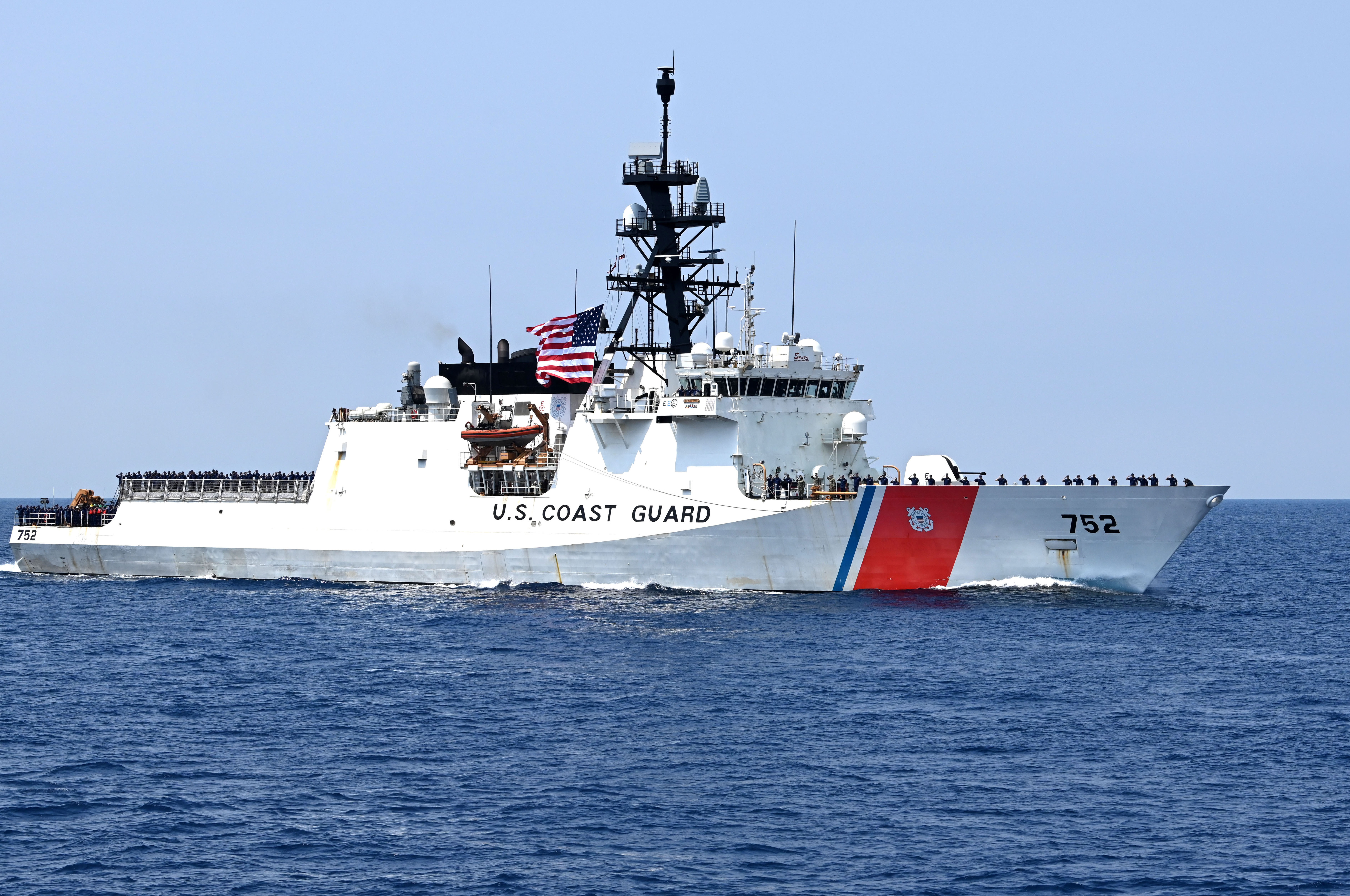
The strategic waterway known as the Taiwan Strait witnessed a significant development recently as a Chinese carrier group successfully passed through it. This event has garnered attention worldwide, as it holds implications for regional stability and geopolitical dynamics. In this article, we will delve into the details of this transit and provide analysis on its potential ramifications.
Understanding the Transit
The Chinese carrier group, comprising of an aircraft carrier accompanied by various warships, made its way through the Taiwan Strait. This narrow body of water, approximately 180 kilometers wide, separates mainland China from Taiwan, a self-governed democratic island. It is a highly contested area due to the complex political relationship between the two entities.
The Significance of the Transit
- Asserting Regional Power: China’s decision to navigate its carrier group through the Taiwan Strait serves as a display of its growing naval capabilities and its intent to project power in the region. Such maneuvers allow China to assert its authority and showcase its military strength.
- Sending a Message: This transit can be seen as a symbolic message from China to Taiwan and the international community. It underscores China’s refusal to accept Taiwan’s separate status and emphasizes its claim of sovereignty over the island. It also serves as a warning to any external forces that might intervene in the Taiwan issue.
- Testing Regional Responses: By transiting the Taiwan Strait, China can gauge the reactions of various stakeholders, such as Taiwan, the United States, and other regional powers. It provides an opportunity for China to assess their responses and adjust its future strategies accordingly.
Regional Reactions and Concerns
- Taiwan’s Response: Taiwan views such transits as provocative acts by China and a violation of its sovereignty. The Taiwanese government has voiced its concerns and increased its vigilance in response to these maneuvers. Taiwan seeks to maintain a delicate balance between asserting its independence and avoiding escalation.
- United States’ Position: The United States closely monitors developments in the Taiwan Strait, given its commitment to Taiwan’s security and stability. It has expressed its concerns over China’s assertiveness and emphasized its support for Taiwan’s defense capabilities.
- Regional Stability: The transit has raised concerns among neighboring countries, particularly those with territorial disputes in the South China Sea. They perceive China’s actions as potentially destabilizing and a challenge to the established regional order.
Geopolitical Ramifications
- China-Taiwan Relations: The transit through the Taiwan Strait further strains the already complex relationship between China and Taiwan. It adds to the existing tensions and increases the risk of potential military confrontations. The situation requires careful diplomacy and effective communication channels to avoid a larger conflict.
- Regional Balance of Power: China’s growing naval capabilities, demonstrated through such transits, contribute to the shifting balance of power in the region. It raises concerns among other regional powers, who may feel compelled to bolster their own military capabilities as a countermeasure.
- International Response: The international community closely watches developments in the Taiwan Strait, as it holds implications for global security and stability. Nations around the world must carefully assess their positions and engage in diplomatic efforts to prevent any escalation of tensions.
Conclusion
The recent transit of a Chinese carrier group through the Taiwan Strait has sparked debates and concerns across the globe. As China seeks to assert its regional power and reinforce its claims over Taiwan, the situation requires delicate diplomacy and measured responses.
